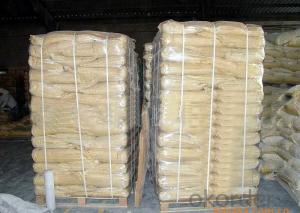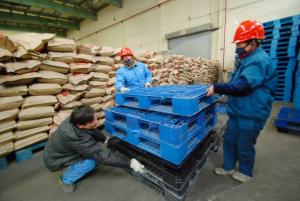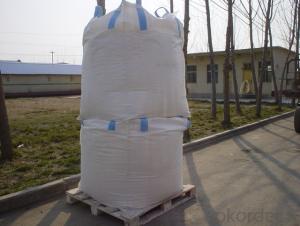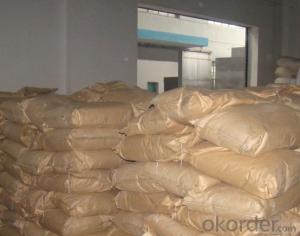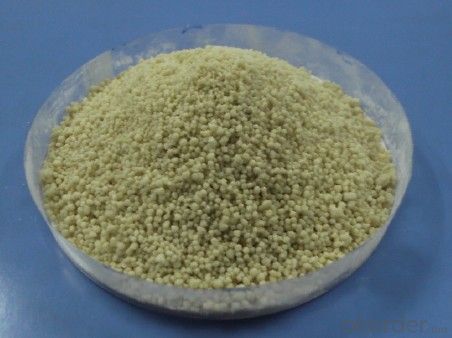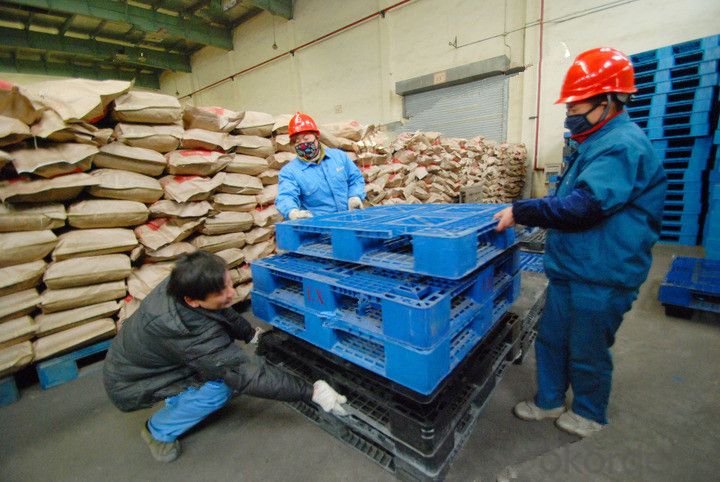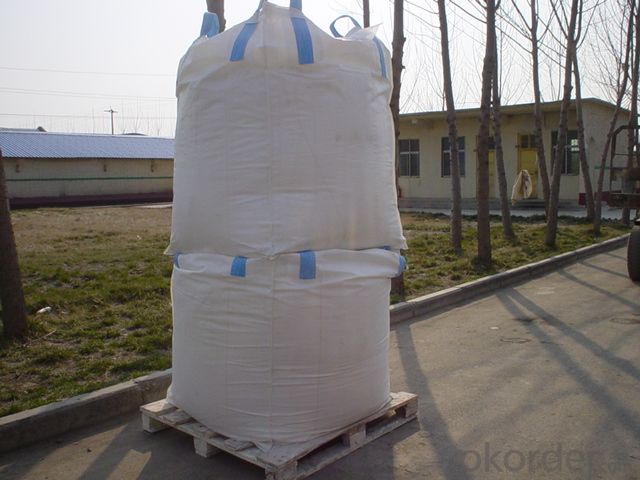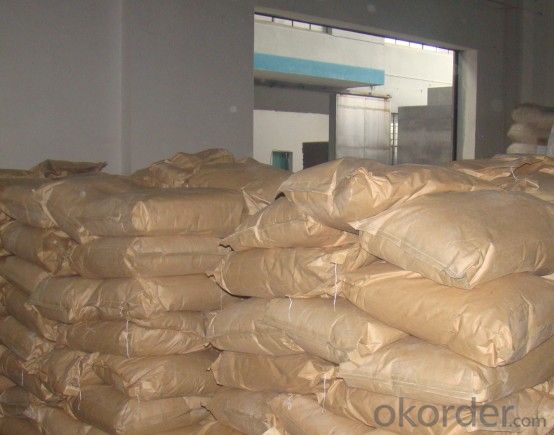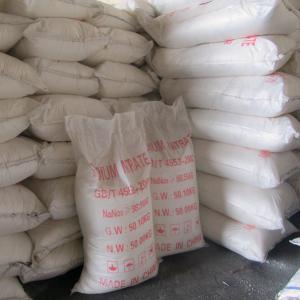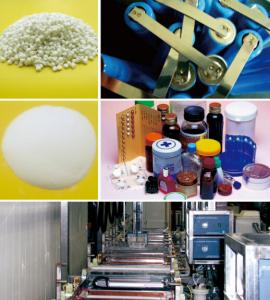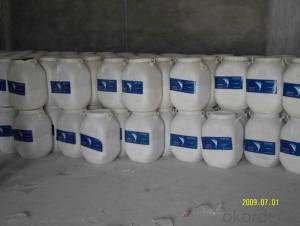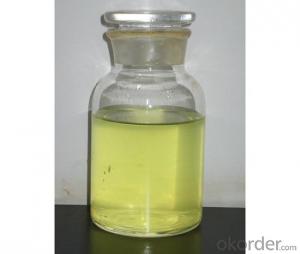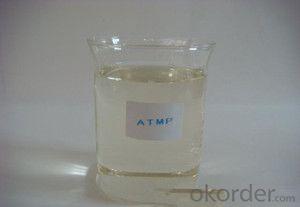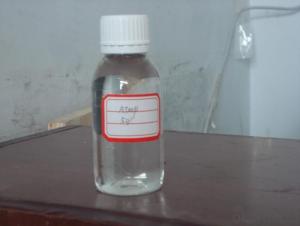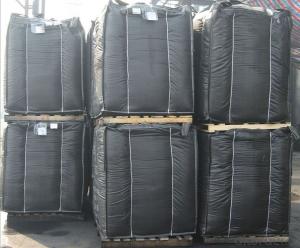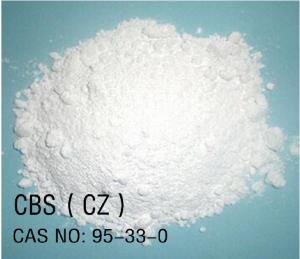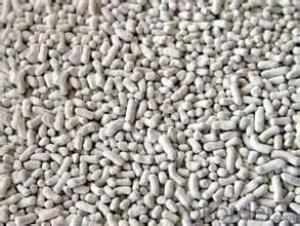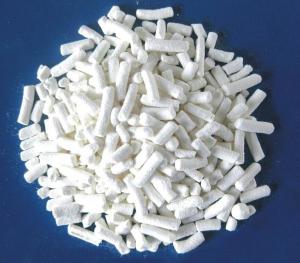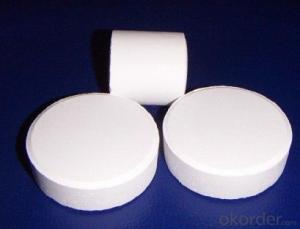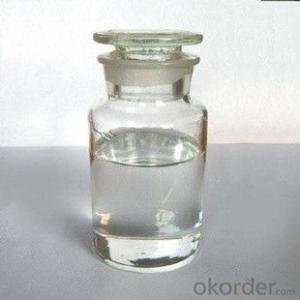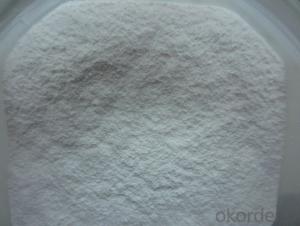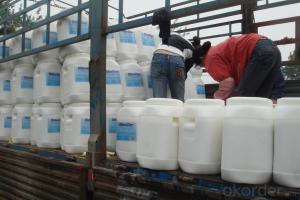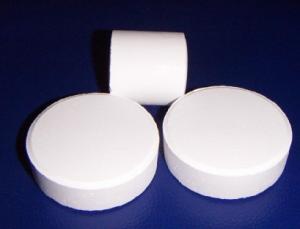RUBBER VULCANIZING ACCELERATOR ZDBC (BZ)
- Loading Port:
- Tianjin
- Payment Terms:
- TT OR LC
- Min Order Qty:
- 25 m.t.
- Supply Capability:
- 12000 m.t./month
OKorder Service Pledge
OKorder Financial Service
You Might Also Like
RUBBER VULCANIZING ACCELERATOR ZDBC (BZ)
Chemical Name: Zinc dibutyl dithiocarbamate
Molecular Formula: C18H36N2S4Zn
Molecular Weight: 474.1
CAS NO. : 136-23-2
Executive standard:Q/ZYCH6-2003
Specification:
| Index |
Acceptable end-product | |
Appearance | white powder |
Initial M.P, oC ≥ | 180.0 |
Loss on drying, % ≤ | 0.50 |
Ash, % ≤ | 10-12 |
Residues on 150μm sieve,% ≤ | 0.50 |
Properties: White powder. The density is 1.24. Soluble in carbon sulfide. benzene, chloroform, insoluble in water. Good storage stability.
Application: Used for primary or secondary ultra-accelerator in NR. IR, BR, SBR, NBR, HR. EPDM, and their latexes. Similar in property to PZ and EZ. less accelerating effects than PZ and EZ to dry rubber. Effectively used in both natural and synthetic latexes for faster curing at normal (low) temperature than with PZ and EZ, and less scorching and blooming
Packaging: 25kg plastic woven bag, paper with plastic film bag, Kraft paper bag, or jumbo bag.
Storage: The product should be stored in the dry and cooling place with good ventilation, avoiding exposure of the packaged product to direct sunlight. The validity is 2year.
Note: The product could be ultra fine powder based on customer accurate requirement.
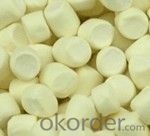
- Q: What are the pharmaceutical manufacturing companies now using PT / AL_203 catalysts?
- I have a friend working in Hunan, inquire, as if the piece of PT has the most advanced equipment ,,, you can hit 114 inquiries ~!
- Q: In the chemical calculation, the quality of the catalyst should not be counted before and after the reaction
- It is not the same .. because the quality of the catalyst will not change .
- Q: Briefly define a homogenous catalyst? Help please!?
- Define Homogenous
- Q: What is a catalyst?
- The catalyst can change the reaction rate (either fast or slow), but the catalyst itself is not affected before and after the reaction, that is, the quality of the same, the chemical nature of the same, itself has not changed.
- Q: What is the catalyst condition in the chemical equation?
- Do you want to play on your computer? Trouble ah ~ no you add brackets it ~ word may be able to try ~ I have not studied ~ now look ~
- Q: How the catalyst accelerates the chemical reaction
- The catalyst is the catalyst that accelerates the chemical reaction by accelerating the chemical reaction
- Q: Effect of Catalyst on Chemical Reaction Rate
- The catalyst can reduce the activation energy of the chemical reaction and allow the reaction to take a shortcut
- Q: how can you tell when a substance serves as a catalyst?
- The purpose of a catalyst is to provide an alternate pathway for a reaction to proceed, often one with a lower activation energy, such that the reaction will generally proceed faster. The key to catalysts if they they are NOT consumed by the reaction in the end (they may be consumed in an intermediary step, but if so, a subsequent step will recreate the catalyst). In other words, catalysts do not actually participate in the reaction, so they may be reused when the reaction has completed.
- Q: In the chemical reaction, the rate of decomposition reaction is related to the quality of the catalyst?
- There are relationships
- Q: how do catalysts help in green chemistry?
- Catalysts allow more efficient conversion of products in irreversible reactions, or they allow for the faster attainment of equilibrium in equilibrium reactions, thereby reducing time, raw material waste and emissions. Also, because catalysts are reusable, they can be recycled.
Send your message to us
RUBBER VULCANIZING ACCELERATOR ZDBC (BZ)
- Loading Port:
- Tianjin
- Payment Terms:
- TT OR LC
- Min Order Qty:
- 25 m.t.
- Supply Capability:
- 12000 m.t./month
OKorder Service Pledge
OKorder Financial Service
Similar products
Hot products
Hot Searches


